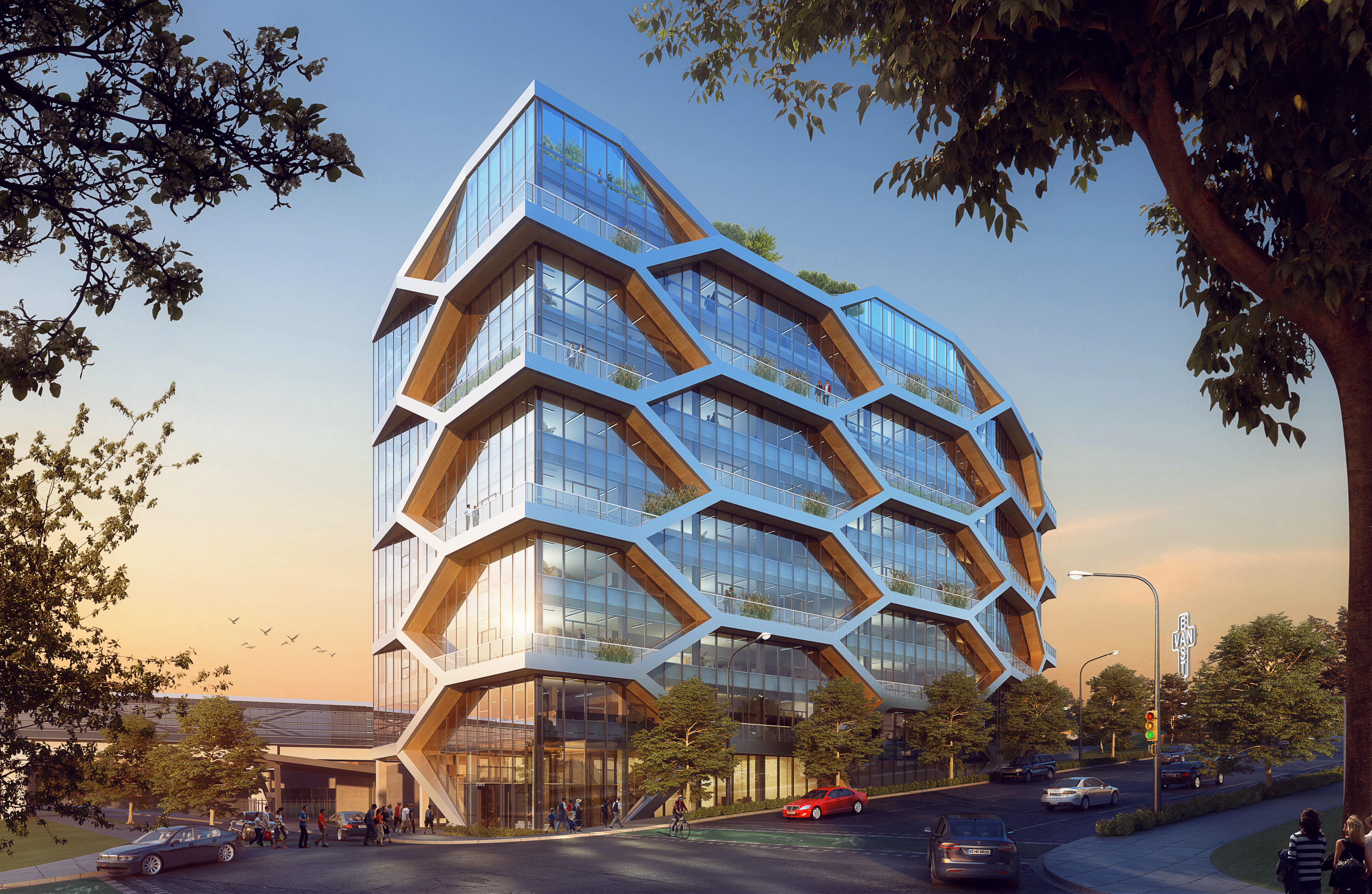The New Wood: Carbon, Technology, and Craft
Sponsored by Think Wood | Presented by Thomas Robinson
Webinar On-Demand
Wood, one of the oldest construction materials, is undergoing a high-tech makeover. Architects are increasingly looking to timber for its ability to store carbon, but also for its compatibility with digital design, sophisticated engineering, and precision fabrication. Join Architectural Record and a panel of experts to explore timber projects making the most of these techniques to push structural limits, create unexpected forms, and reinterpret craft.


|
Robert Jackson is a structural engineer at Fast + Epp in Vancouver and offers a unique skill set due to his hands-on experience as a carpenter and fine woodworker. He is a designer with expertise in timber, steel, and concrete in both Canada and the United States. Throughout his career, Robert has developed a particular specialization in mass timber design, having contributed to the success of many of Fast + Epp’s most innovative timber projects across North America. He is the author of several articles in international engineering and design journals relating to timbers role in sustainable design. Robert recently received two prestigious awards from the United Kingdom’s Institution of Structural Engineers, including The Young Structural Engineering Professional Award, which is an international recognition of achievement in structural engineering and showcases engineers under 30 years old who are driving the profession forward. |

|
Leslie Lok is a co-principal at HANNAH, an experimental design and research studio that leverages and augments ordinary technology for material, spatial, and architectural experimentation in built and speculative projects across scales. HANNAH won the Architectural League Prize in 2020 and was named in Next Progressives by Architect Magazine in 2018. Leslie is also an assistant professor at Cornell University’s Department of Architecture. Her research and teaching explore implementation of novel material methods, new processes of construction, and robotic mass-customization to address subjects of architecture and urbanism. Leslie received her Master of Architecture from Massachusetts Institute of Technology. |

|
Thomas Robinson is the founder of LEVER Architecture, a design practice based in Portland, Oregon. The firm is widely recognized for its material innovation and pioneering work with cross-laminated timber (CLT). Projects encompass first-of-their-kind timber buildings for clients such as The Nature Conservancy and Adidas, and include more than $1 million in research to develop and test wood building assemblies. Thomas has lectured on mass timber throughout the United States, Europe, and South America. In 2018, he served as the U.S. Department of Agriculture’s Wood Innovation Grant Visiting Professor at the University of Arkansas. LEVER was recently recognized by Fast Company as one of the world’s most innovative companies and in 2017 was named to Architectural Record’s Design Vanguard. |

|
Sasa Zivkovic is a co-principal at HANNAH, an experimental design and research studio working across scales from furniture to urbanism. HANNAH won the Architectural League Prize in 2020 and was named in Next Progressives by Architect Magazine in 2018. Sasa is also an assistant professor at Cornell University’s College of Architecture, Art, and Planning, where he directs the Robotic Construction Laboratory (RCL), a research group that develops and implements novel robotic construction technology. Interdisciplinary in nature, the work integrates cutting-edge materials, advanced fabrication, mechanical design, architectural computation, structural optimization, and sustainable construction. Sasa received his Master of Architecture from the Massachusetts Institute of Technology. |
LEARNING OBJECTIVES
- Outline approaches for creating hybrid systems that combine timber, steel, and concrete and maximize the structural properties of each material.
- Explain the factors that affect a timber building’s ability to store carbon, including forestry practices as well as processing and manufacturing techniques.
- Describe digital design and fabrication methods that enable using timber that would typically be considered waste material, thereby preventing release of stored carbon into the atmosphere.
- Discuss the range of architectural and formal expression possible with timber systems.











